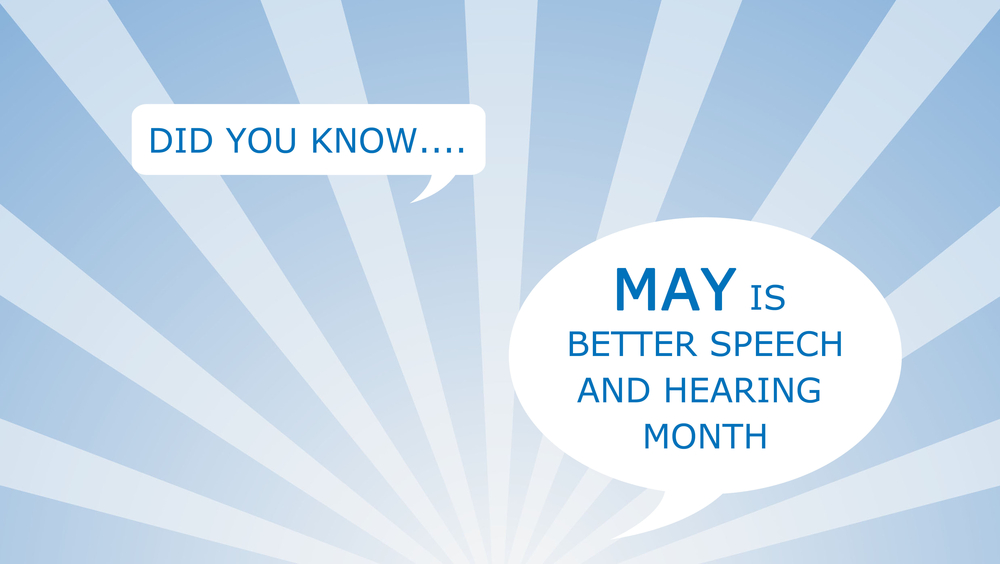Once upon a time, analog hearing aids were the only hearing aids available on the market. They ran on batteries, used a standard microphone/amplifier/receiver to deliver sound into the ear, didn’t do a great job of getting rid of background noise (trying to have a conversation at restaurants was especially challenging), and sometimes detected feedback, delivering an irritating buzz or whistling sound directly into your ears.
And then along came wireless wearable technology and the introduction of digital hearing aids, making it easier than ever to hear. Once the benefits became widely known, more and more audiologists started saying goodbye to the days of analog. According to the American Speech-Language Hearing Association (ASHA), today there are more than 20 different digital hearing aid manufacturers in the U.S.
Digital hearing aids work in that sound waves are picked up by the microphone and processed by a computer code for clarity and balance before delivering a true-to-life sound quality back to the wearer. Distracting background noise is dramatically reduced, there’s no annoying feedback, and the hearing aids automatically adapt to your environment and recognize, distinguish, and store specific frequencies (you don’t have to adjust the volume). They’re also smaller and more discrete, and can be customized to each person’s distinctive hearing loss.
And that’s not the only exciting news in the world of hearing. In honor of May being “Better Hearing Month,” here’s a few ways companies are changing the landscape of audiology:
• Own Voice Processing technology: Signia Nx hearing aids have developed Own Voice Processing technology to identify when the person wearing the hearing aids is speaking. A common complaint amongst those trying hearing aids for the first time is that their voice sounds artificial, with an unsettling booming quality or tinny/hollow sound. Understandably, this can be a huge adjustment to get used to. This new technology eliminates that off-putting auditory occlusion.
• Rechargeable hearing aids: Disposable batteries can be a hassle, especially when they need to be replaced frequently—and they can be expensive. With rechargeable technology, it’s as easy to charge your hearing aids as it is to charge your cell phone. The charge lasts 24 hours and the batteries never need to be replaced.
• Invisible hearing aids: Invisible hearing aids are the smallest of hearing aids, fitting down within the ear canal. They are virtually undetectable by others, sound natural, and feel comfortable. They’re not perfect, though. There’s a short battery life, they don’t fit in everyone’s ears, and they aren’t strong enough for severe hearing loss (they’re recommended for those with mild or moderate hearing loss).
• Wireless microphone: The cutting-edge wireless microphone—shaped like a pen—is used in conjunction with hearing aids. It reduces background noise and the perception of high-frequency sounds, helping people hear clearly—no matter how noisy the setting.
• Made for iPhone® hearing aids: Engineered to work with iPhones, iPads, iPods, and the Apple Watch® — this easy-to-use hearing control app enhances the listening experience. Not only can it stream audio straight into your ears, it can use information from inertial sensors within the phone to change how sound is processed.
• Hearing aids with sensors by Starkey: First there was Siri, then Alexa, now Starkey Hearing Technologies is working on technology that will allow users to tap their hearing aid to “awaken” a smart assistant and nod or shake their head to respond to inquiries. Onboard inertial sensors will also track physical activity and detect falls—then send an alert to a loved one if something seems amiss. (In your phone, inertial sensors allow you to know which way you’re holding your phone.) Starkey is also looking at ways to monitor blood sugar levels and body temperature.
In the future, hearing aids won’t only help you hear better, they’ll help you live better, too.

Comments are closed.